| |
|
|
Botanical Name |
: |
Helianthus annuus L. |
English
Name |
: |
Sunflower. Green Rabbitbrush |
Family |
: |
Asteraceae |
| |
General Info
| Description |
 |
|
It is an annual herb, with a rough, hairy stem, 3 to 12 feet high, broad, coarselytoothed, rough leaves, 3 to 12 inches long, and circular heads of flowers, 3 to 6 inches. The flower-heads are composed of many small tubular flowers arranged compactly on a flattish disk: those in the outer row have long strap-shaped corollas, forming the rays of the composite flower. |
| Herb Effects |
 |
|
Diuretic, expectorant; febrifuge, stomachic and nutitive (flower heads and seeds) |
Chemistry
| Active Ingredients |
 |
|
1,8-Cineole, alpha-amyrin, alpha-pinene, alpha-terpinene, alpha-terpineol, beta-carotene, beta-pinene, borneol, caffeic acid, camphene, camphor, chlorogenic acid, choline, cinnamic acid, citral, citric acid, eugenol, ferulic acid, gossypol, hispidulin, isoliquiritigenin, limonene, lupeol, lutein, menthol, oleanolic acid, quercetin, scopoletin, tocopherol and vanillin. |
| Chemistry
of Active Ingredients |
 |
|
|
 |
Name |
CAS# |
IUPAC Name |
Formula |
Structure |
 |
|
| 1,8-Cineole |
8024-53-1 |
2,2,4-trimethyl-3-ox
abicyclo[2.2.2]octan
e |
C10H18O |
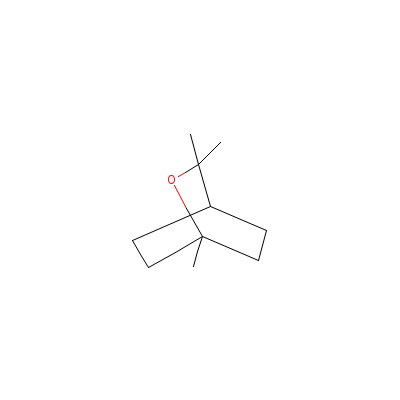
|
| alpha-Amyrin |
638-95-9 |
4,4,6a,6b,8a,11,12,1
4b-octamethyl-2,3,4a
,5,6,7,8,9,10,11,12,
12a,14,14a
-tetrade
cahydro-1H-picen-3-o
l |
C30H50O |
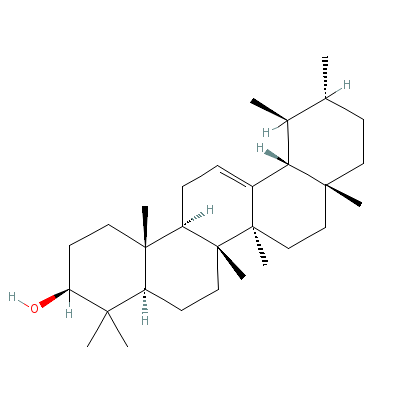
|
| alpha-Pinene |
80-56-8 |
2,7,7-trimethylbicyc
lo[3.1.1]hept-2-ene |
C10H16 |

|
| alpha-Terpinene |
99-86-5 |
1-methyl-4-propan-2-
yl-cyclohexa-1,3-die
ne |
C10H16 |
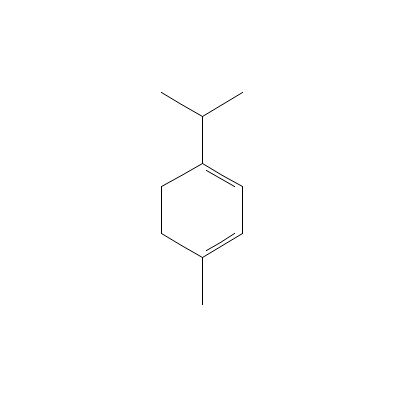
|
| alpha-Terpineol |
10482-56-1 |
2-(4-methyl-1-cycloh
ex-3-enyl)propan-2-o
l |
C10H18O |
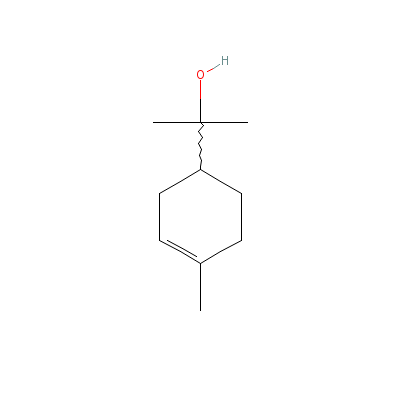
|
| beta-Carotene |
Not Available |
3,7,12,16-tetramethy
l-1,18-bis(2,6,6-tri
methyl-1-cyclohexeny
l)-octadec
a-1,3,5,
7,9,11,13,15,17-nona
ene |
C40H56 |

|
| beta-Pinene |
23089-32-9 |
6,6-dimethyl-2-methy
lidene-norpinane |
C10H16 |
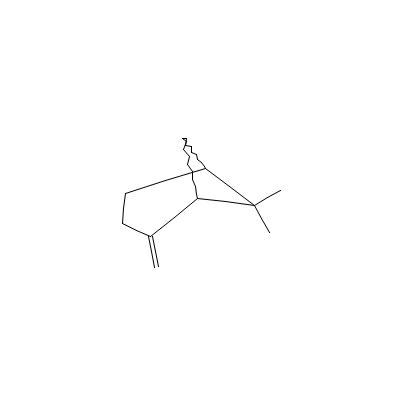
|
| Borneol |
10385-78-1 |
1,7,7-trimethylnorbo
rnan-2-ol |
C10H18O |
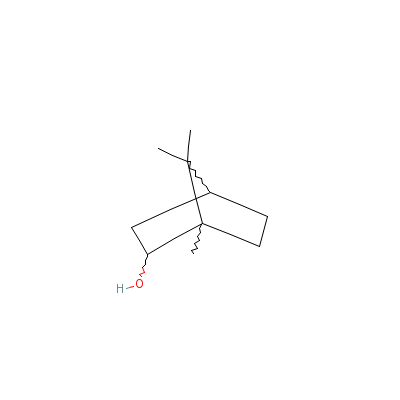
|
| Caffeic acid |
Not Available |
3-(3,4-dihydroxyphen
yl)prop-2-enoic acid |
C9H8O4 |
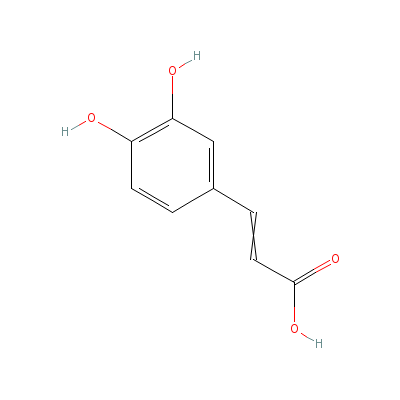
|
| Camphene |
5794-04-7 |
2,2-dimethyl-3-methy
lidene-norbornane |
C10H16 |
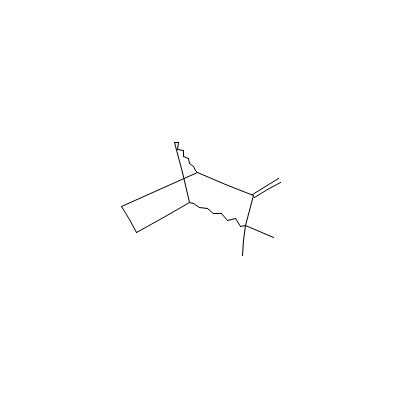
|
| Camphor |
8022-77-3 |
1,7,7-trimethylnorbo
rnan-2-one |
C10H16O |
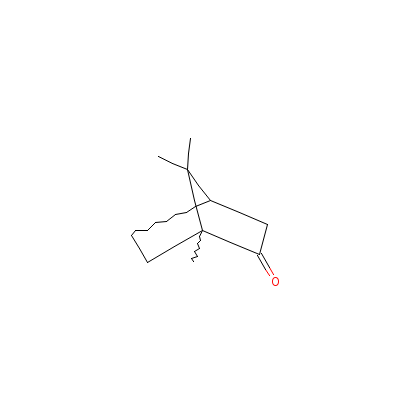
|
| Chlorogenic acid |
327-97-9 |
3-[3-(3,4-dihydroxyp
henyl)prop-2-enoylox
y]-1,4,5-trihydroxy-
cyclohexan
e-1-carb
oxylic acid |
C16H18O9 |
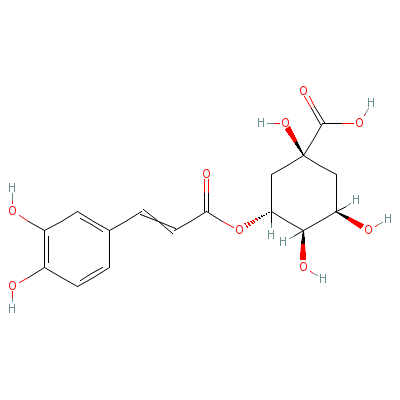
|
| Choline |
67-48-1 |
2-hydroxyethyl-trime
thyl-ammonium |
C5H14NO+ |
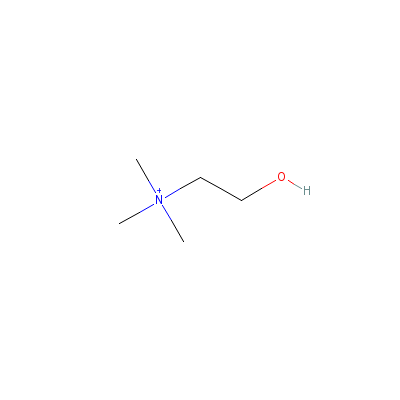
|
| Cinnamic acid |
63938-16-9 |
3-phenylprop-2-enoic
acid |
C9H8O2 |
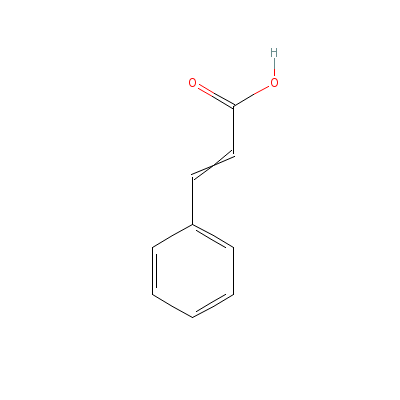
|
| Citral |
96680-15-8 |
3,7-dimethylocta-2,6
-dienal |
C10H16O |

|
| Citric acid |
Not Available |
2-hydroxypropane-1,2
,3-tricarboxylic
acid |
C6H8O7 |
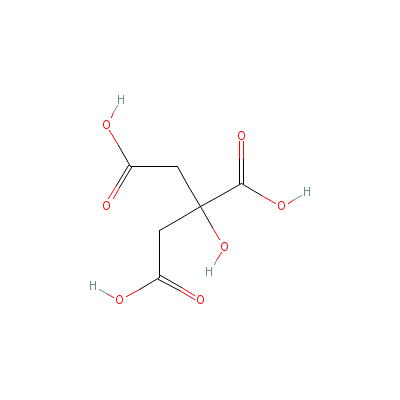
|
| Eugenol |
97-53-0 |
2-methoxy-4-prop-2-e
nyl-phenol |
C10H12O2 |
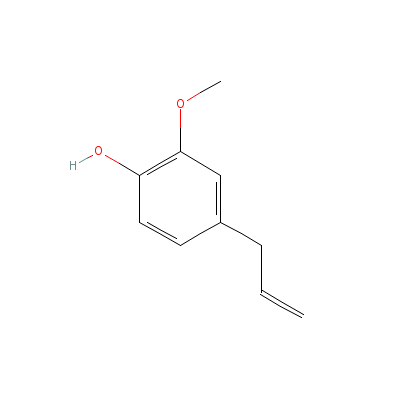
|
| Ferulic acid |
24276-84-4 |
3-(4-hydroxy-3-metho
xy-phenyl)prop-2-eno
ic acid |
C10H10O4 |
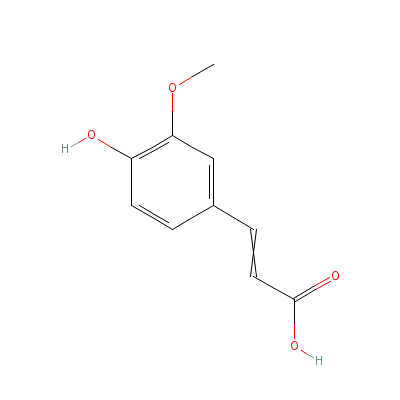
|
| Gossypol |
12542-36-8 |
7-(8-formyl-1,6,7-tr
ihydroxy-3-methyl-5-
propan-2-yl-naphthal
en-2-yl)-2
,3,8-tri
hydroxy-6-methyl-4-p
ropan-2-yl-naphthale
ne-1-carbaldehyde |
C30H30O8 |
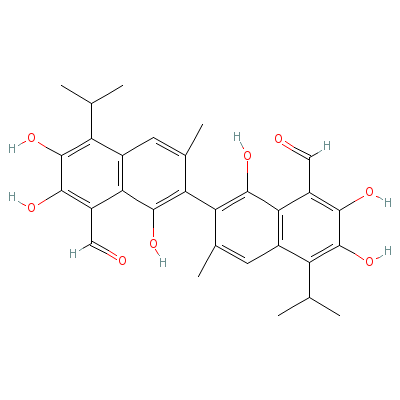
|
| Hispidulin |
1447-88-7 |
4,5-dihydroxy-2-(4-h
ydroxyphenyl)-6-meth
oxy-chromen-7-one |
C16H12O6 |
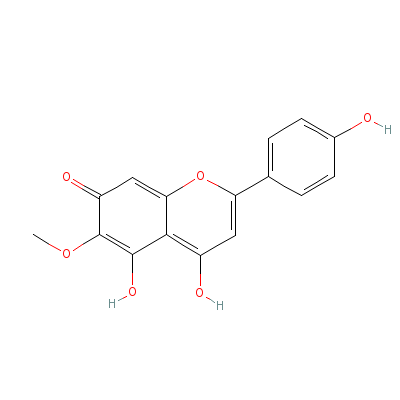
|
| Isoliquiritigenin |
13745-20-5 |
1-(2,4-dihydroxyphen
yl)-3-(4-hydroxyphen
yl)-prop-2-en-1-one |
C15H12O4 |
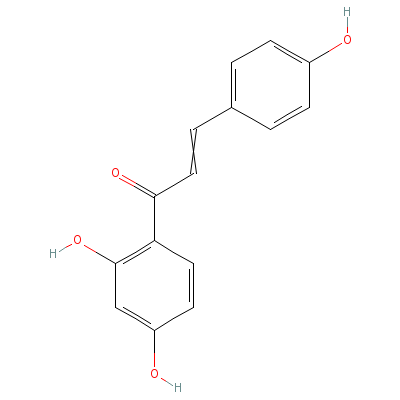
|
| Limonene |
9003-73-0 |
1-methyl-4-prop-1-en
-2-yl-cyclohexene |
C10H16 |
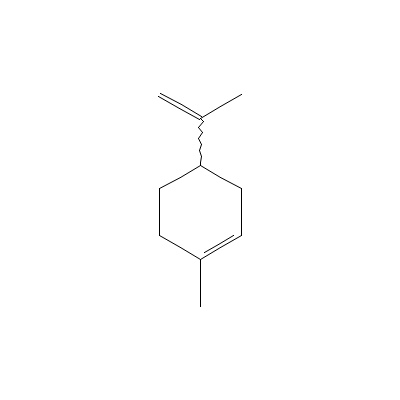
|
| Lupeol |
Not Available |
Not Available |
C30H50O |

|
| Lutein |
34445-91-5 |
4-[18-(4-hydroxy-2,6
,6-trimethyl-1-cyclo
hexenyl)-3,7,12,16-t
etramethyl
-octadec
a-1,3,5,7,9,11,13,15
,17-nonaenyl]-3,5,5-
trimethyl-cyclohex-2
-e
n-1-ol |
C40H56O2 |
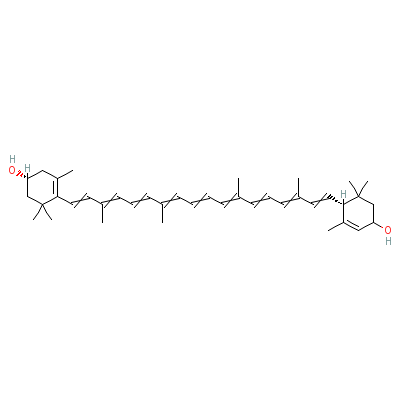
|
| Menthol |
2216-51-5 |
5-methyl-2-propan-2-
yl-cyclohexan-1-ol |
C10H20O |

|
| Oleanolic acid |
508-02-1 |
10-hydroxy-2,2,6a,6b
,9,9,12a-heptamethyl
-1,3,4,5,6,6a,7,8,8a
,10,11,12,
13,14b-t
etradecahydropicene-
4a-carboxylic acid |
C30H48O3 |
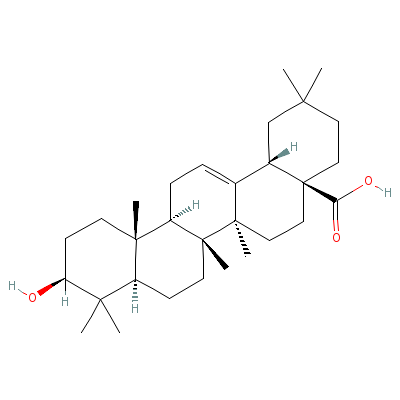
|
| Quercetin |
Not Available |
2-(3,4-dihydroxyphen
yl)-3,4,5-trihydroxy
-chromen-7-one |
C15H10O7 |
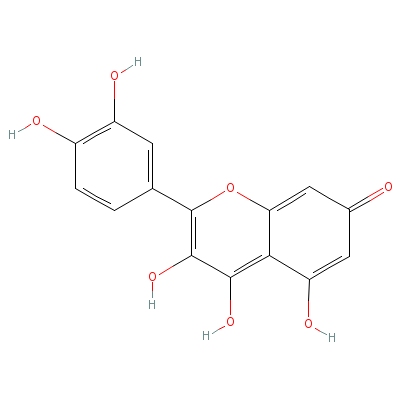
|
| Scopoletin |
92-61-5 |
2-hydroxy-6-methoxy-
chromen-7-one |
C10H8O4 |
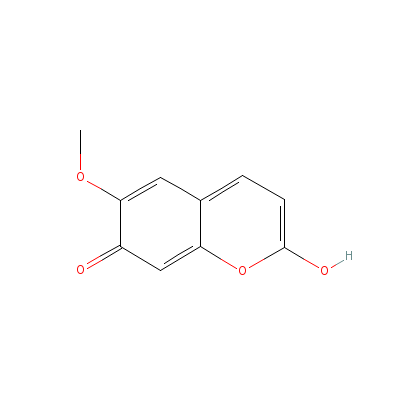
|
| Tocopherol |
59-02-9 |
2,5,7,8-tetramethyl-
2-(4,8,12-trimethylt
ridecyl)chroman-6-ol |
C29H50O2 |
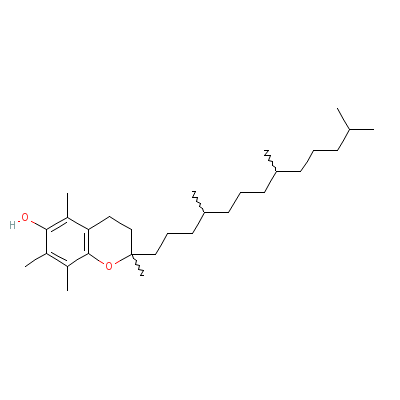
|
| Vanillin |
8014-42-4 |
4-hydroxy-3-methoxy-
benzaldehyde |
C8H8O3 |
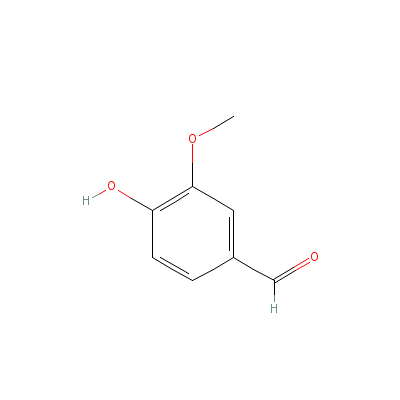
|
|
Pharmacology
| Medicinal Use |
 |
|
Employed in the treatment of bronchial, laryngeal and pulmonary affections, coughs and colds, also in whooping cough. The crushed leaves are used as a poultice on sores, swellings, snakebites and spider bites. A tea made from the flowers is used in the treatment of malaria and lung ailments. A decoction of the roots has been used as a warm wash on rheumatic aches and pains. |
| Contraindication |
 |
|
Sunflower seeds, meal and oil, taken as a part of a well balanced diet, does not cause any side effects. |
| Reference |
 |
|
 Sharma PV. Classical Uses of Medicinal Plants. Sharma PV. Classical Uses of Medicinal Plants.
|
Dealers
Products
|
|